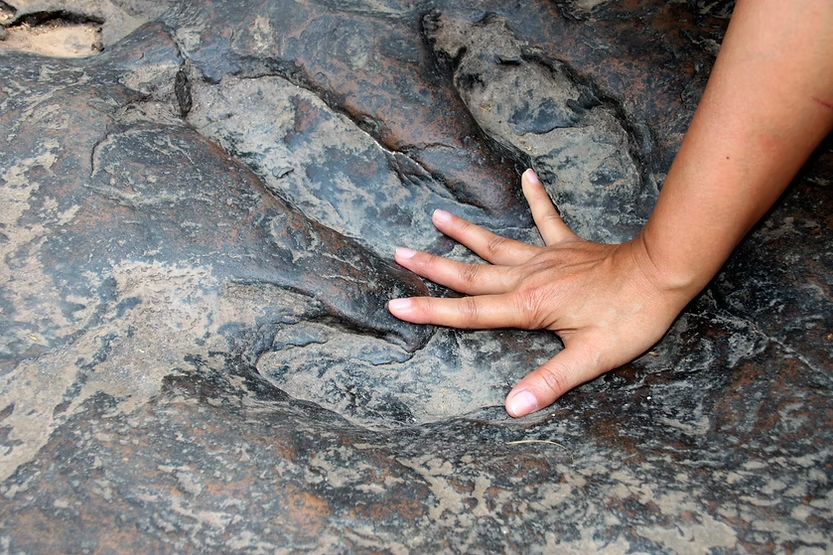Fossils a rare find, and some are billions of years old
- Willy's Wilderness
- Jan 26, 2022
- 2 min read
Updated: Jul 24
Fossils are evidence of the living things that lived long ago, and they have been found all over the globe. The youngest fossils are from 10,000 years ago. The oldest fossils are microscopic, and some are more than 3 billion years old.

It is very rare for something to become a fossil. Most living things decompose soon after they die. Scientists have estimated that less than 0.1% of all living things end up becoming a fossil. But if the conditions are right, a fossil forms.
There are four main types of fossils: trace fossils, mold fossils, cast fossils and true form fossils. Let’s take a closer look at each type.
Trace fossils

Trace fossils are not fossils of living organisms, but they are evidence that they were there. Trace fossils might be a home like a burrow or a nest. Or it could be teeth marks, footprints or even feces. Fossilized poop is called coprolite, and it gives us clues about ancient animals’ diets. Trace fossil are the most common type of fossil found.
Mold fossils

Mold fossils are fossilized imprints. After the plant or animal died, it was covered by heavy sediment, which made an impression on the surface below. The animal or plant then decomposed, leaving behind negative space in the shape of the organism.
Cast fossils
Cast fossils start like a mold fossil, but then the negative shape is filled in with sediment and minerals. Eventually, these minerals and sediments solidify into rock, creating a replica of the original organism.
True form fossils

True form fossils are the actual organism or parts of the animal or plant. These fossils can form in several different ways. One is a process called petrification or permineralization. Water rich in minerals seeps into the dead organism and fills the empty spaces. Over time, the minerals harden into rock, and the animal or plant is preserved. These fossils can include limbs, torsos, fingers and heads.
Words to know
Burrow: A hole or tunnel dug by an animal.
Coprolite: Fossilized dung.
Decompose: The process by which organic matter breaks down. Microscopic: Visible only with a microscope.
Permineralization: A process of fossilization in which mineral deposits form an internal cast of an organism.
Petrification: A process by which organic matter is exposed to minerals over a long period and turned into a stony substance. Sediment: Naturally occurring material that is broken down by processes of weathering and erosion.
True form fossils also form when sap from a tree covers an organism and hardens into amber. Many preserved insects have been found this way. We can also see true form fossils where there is extreme weather. If it is incredibly hot and dry, mummification may occur. If it is extremely cold, the organism can be frozen. We have found woolly mammoths frozen solid, and even their soft tissue is intact for scientists to learn from.
____________


